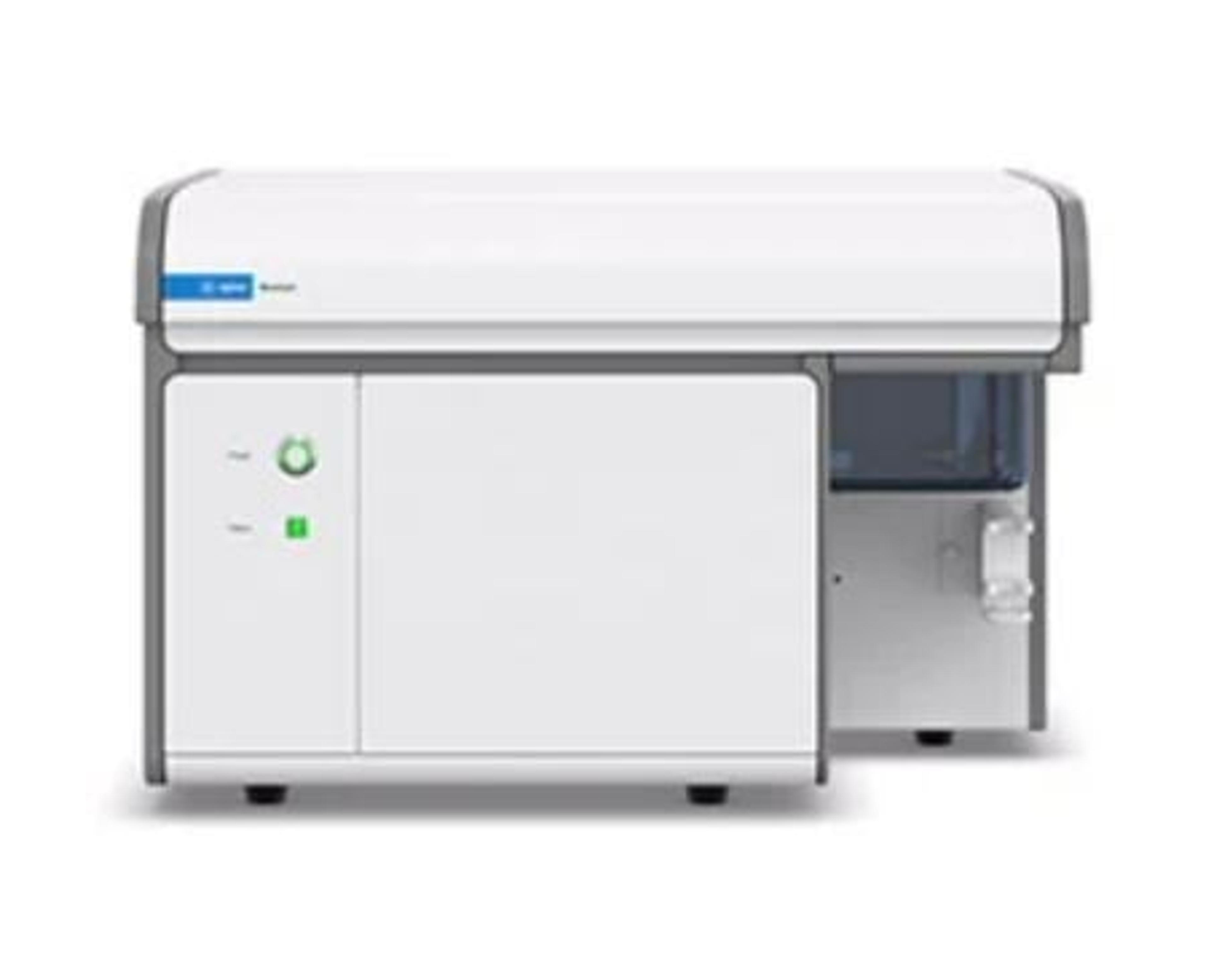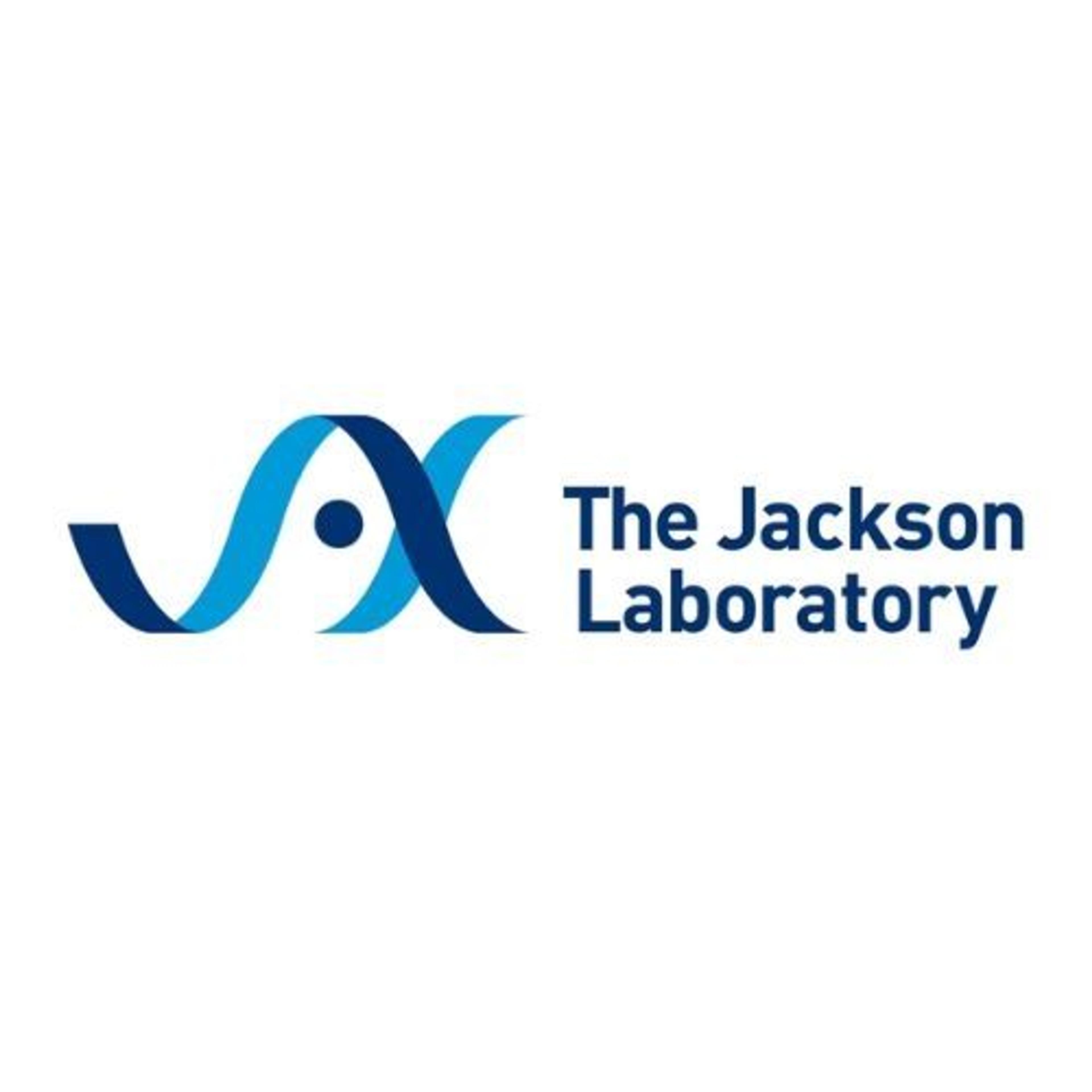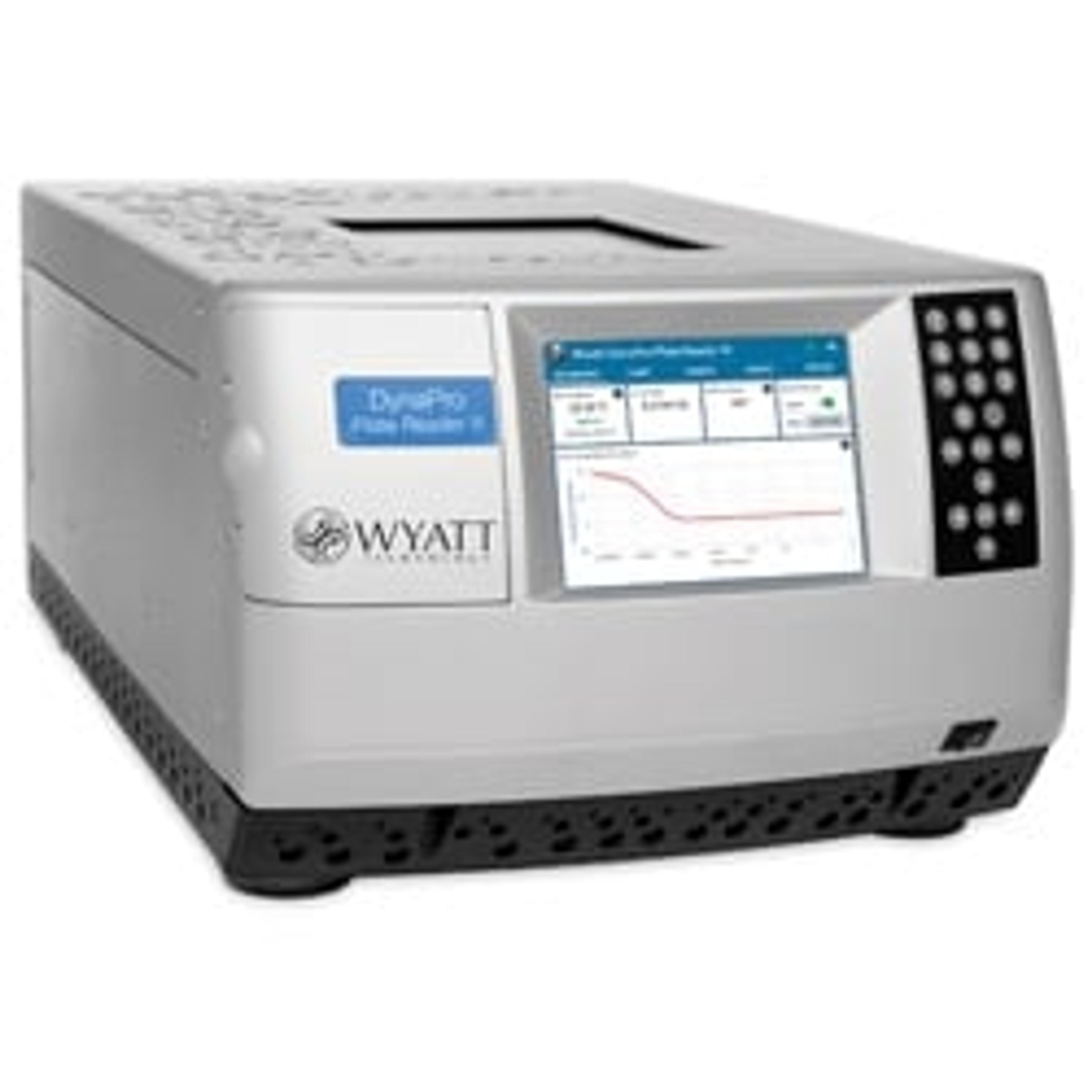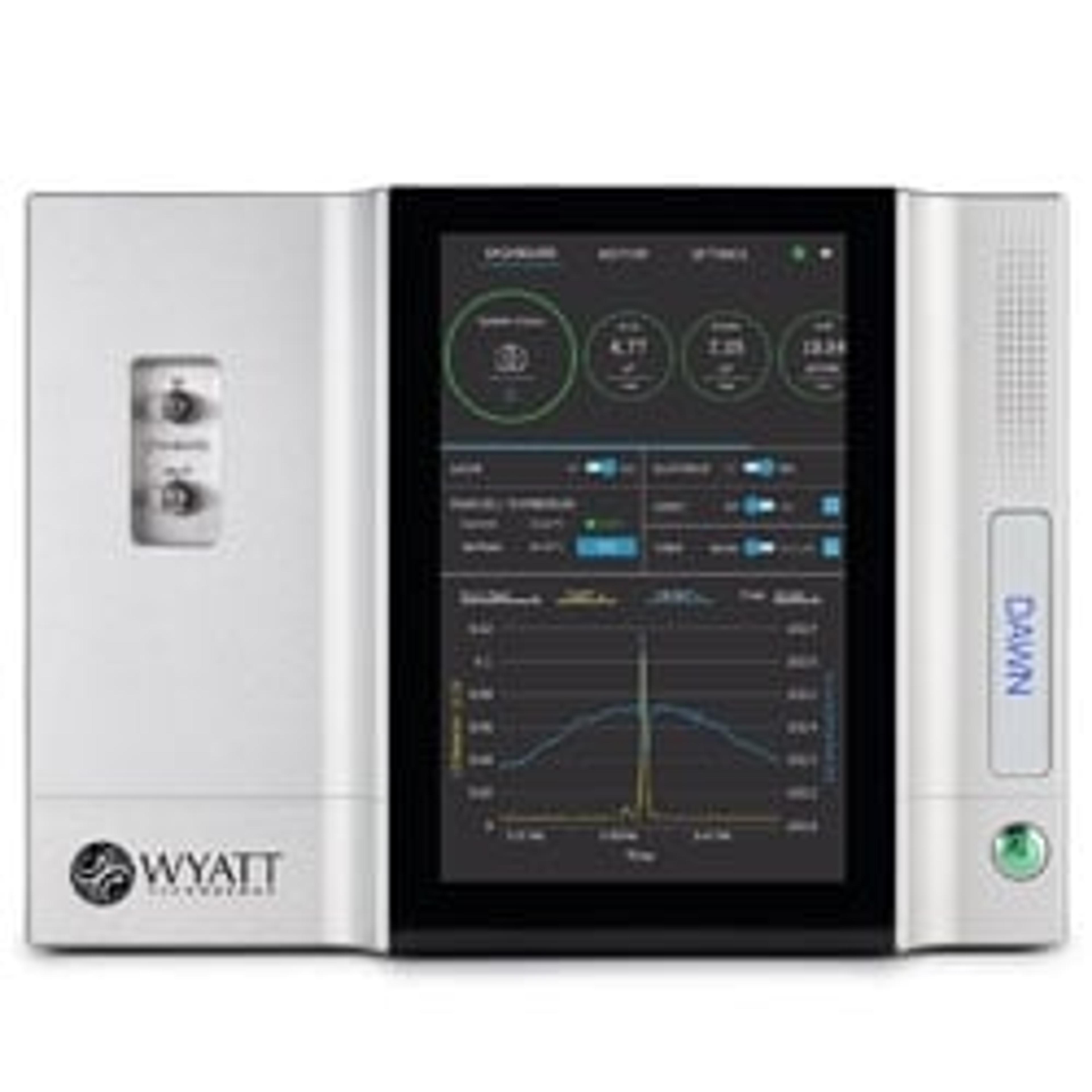The biopharma innovations transforming patient health
Explore innovations such as oligonucleotide therapeutics, bi-specific antibodies, CAR-T therapy and CRISPR
15 Jun 2023
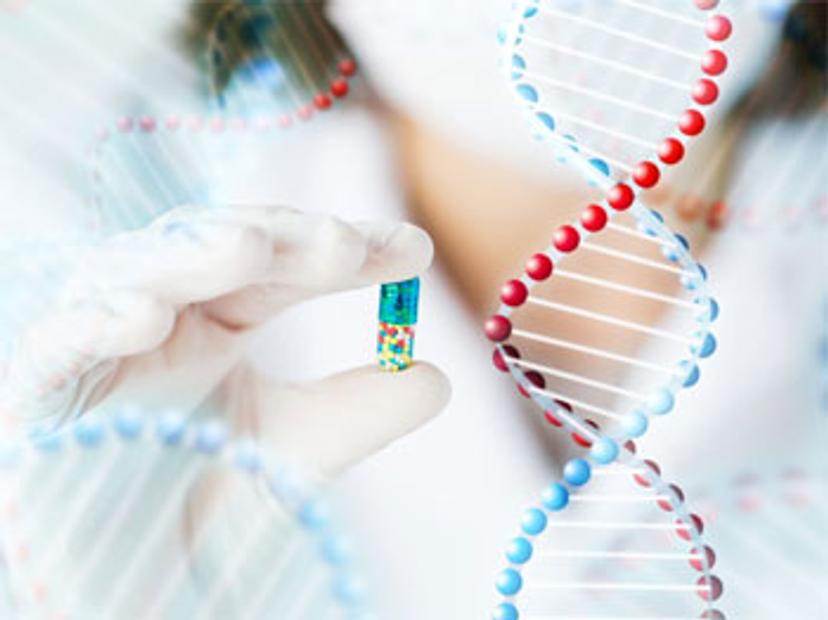
The field of biopharma has witnessed remarkable progress and innovation in the past 25 years, revolutionizing the way we combat diseases and significantly improving patient health. Advancements in technology have enabled us to more accurately analyze drugs and their effects in the body, helping more novel treatments reach the market than ever before. The advancement of bi-specific antibodies has opened new avenues for highly specific and targeted therapies. Oligonucleotide therapeutics, including RNA-based treatments, have emerged as powerful tools for manipulating genetic processes and hold immense promise for precise and personalized medicine. We have also seen the development of novel gene therapies which provide innovative approaches for treating rare genetic disorders, and exceptional breakthroughs in cancer treatment, with the emergence of CAR-T cell therapies and CRISPR technology.
In this article, we explore these latest groundbreaking biopharma innovations that are paramount to the continued advancement of biopharmaceutical research.
Biopharma innovations: Bispecific antibodies
Advancing drug discovery and biotherapeutics: Unlocking the potential of biophysical characterization technology
Comprehensive analysis of potential therapeutics is an essential part of drug discovery and biotherapeutic workflows to ensure efficacy and safety. Label-free assays are used throughout the entire drug development process and provide important information about the interaction of the biomolecules used, such as concentration, biosimilarity, specificity, potency, and selectivity of the molecular binding.
Biophysical characterization technology is a valuable tool for these types of assays, providing real-time data on molecular binding without the need for labels and enabling in-depth characterization of multiple analytes including therapeutic proteins, monoclonal antibodies (mAbs), bispecific antibodies (bsAbs), and antibody-drug conjugates (ADCs).
In this free eBook, discover the basics of key biophysical characterization techniques, the latest available technologies and advanced applications of label-free methods. Plus learn how to choose the best biophysical characterization technology for your research.
Revolutionizing cancer treatment: Breaking barriers in CAR-T cell therapy for solid tumors
CAR-T cell therapy, or chimeric antigen receptor T-cell therapy, is a form of immunotherapy that harnesses the power of a patient's own immune system to fight cancer. It involves genetically modifying the patient's T cells to express a chimeric antigen receptor (CAR) on their surface, which enables them to recognize and target specific cancer cells. When delivered to a patient in therapy, these CAR-T cells can seek out and destroy cancer cells.
Although CAR-T therapy is extremely effective at treating certain types of cancer, particularly blood cancers, it has had limited success with solid tumors due to T-cell exhaustion, off-tumor toxicity, cytokine release syndrome (CRS), and metabolic insufficiency of CAR T in the immunosuppressive tumor microenvironment (TME).
In this webinar, Dr Archana Thakur, Associate Professor of Medicine at the University of Virginia explains how she is overcoming these challenges through the use of metabolically enhanced headless CAR T (hCAR T) cells armed with bispecific antibodies (bsAbs).

Advancing immunotherapy development: The innovative CRS evaluation study for predicting cytokine release syndrome
Cytokine release syndrome (CRS), a potentially fatal condition caused by a systemic immune response, poses a significant risk for immunotherapy drugs, particularly those used in cancer treatment. However, the lack of reliable animal models for studying CRS has hindered drug developers' abilities to predict this adverse effect accurately.
In this article, Dr. Jiwon Yang, a senior scientist at The Jackson Laboratory, discusses their innovative CRS Evaluation Study. Their model uses immunocompromised mouse lines transplanted with human immune cells to provide a more accurate and efficient evaluation of cytokine release and the efficacy and toxicity of immunotherapies.
The Jackson Laboratory aims to expand the CRS Evaluation Study further, including the development of models for other cell therapies such as CAR-T therapies, to help get more safe and effective immunotherapies to patients.
Biopharma innovations: Oligonucleotide therapeutics
Unleashing the potential of oligonucleotide therapeutics with HPLC-MS/MS analysis
Following the COVID-19 pandemic there is a growing interest in oligonucleotide-based therapeutics for the treatment of infectious and genetic diseases. Oligonucleotide therapeutics are composed of short sequences of nucleotides, typically DNA or RNA molecules, and are designed to target specific genetic sequences or RNA molecules within cells. These innovative therapies offer the potential for precise and targeted treatments by manipulating the genetic processes underlying diseases.
Bioanalysis is a necessary part of oligonucleotide drug development and typically relies on traditional techniques such as ELISA, qPCR, and HPLC-fluorescence analysis for analyzing small oligonucleotides. In this article, Chad Christianson, Senior Principal Scientist at Alturas Analytics, Inc., explains the limitations of these methods and why high-performance liquid chromatography–tandem mass spectrometry (HPLC–MS/MS) offers a better alternative by providing improved selectivity, increased dynamic range, and reducing time, money and resources used for assay method development. Christianson also discusses the challenges in HPLC–MS/MS analysis and how to overcome them, and the importance of oligonucleotide therapies for treating various diseases in the future.

Enhancing quality control in cell and gene therapies with digital PCR
Quality control is crucial for ensuring the safety and efficacy of cell and gene therapies and requires the use of sensitive and robust testing methods. Real-time PCR (qPCR) is a common quality control solution that allows relative quantification by measuring the accumulated amplified product using fluorescence-based detection. However, it has limitations in terms of sensitivity, accuracy and efficiency.
Digital PCR (dPCR) is a highly sensitive and precise method for quantifying nucleic acids. In this application note from Bio-Rad, discover the advantages of using dPCR over real-time PCR (qPCR) for achieving sensitive and accurate quantification of DNA and RNA. Additionally, explore the range of Bio-Rad ddPCR assays and kits, which cover a wide array of applications.
Ensuring safe and effective AAV therapies: Robust characterization with SEC-triple detection
The adeno-associated virus (AAV) is a useful tool for delivering gene therapies and has been used in FDA-approved treatments such as Luxturna® and Zolgensma® for rare eye and muscle diseases. As more AAV-based therapies are being developed, it is important to understand their quality to ensure safety and effectiveness through the use of reliable and robust characterization techniques.
In this application note from Wyatt Technology, learn about a method called size-exclusion chromatography (SEC) with triple detection which can be used to measure the total number of viral capsid particles, the ratio of empty and full capsids, and the percentage of individual virus units or clusters.
Navigating regulatory requirements for safe and effective cell and gene therapies
All new cell and gene therapies must comply with strict regulatory requirements to ensure the safety, efficacy and quality of new therapeutics. Adhering to these regulatory considerations is essential for successful and responsible advancement of gene and cell therapies, but navigating the complex landscape of these therapies can be challenging.
This whitepaper offers guidance on the regulatory requirements and challenges associated with the development of gene and cell therapies, from preclinical and clinical study considerations to expedited programs and accelerated approvals.
The future of biopharma
Biopharmaceutical developments hold tremendous potential for improving patient care, advancing treatments, and ultimately transforming the way we approach and manage diseases. With ongoing research and innovation, we can expect to see more personalized therapies tailored to individual patients, improvements in the precision targeting of diseases and enhanced efficacy and safety of treatments as drug delivery systems and technologies become more refined and advanced. What’s more, as the world becomes increasingly digitalized, artificial intelligence and machine learning are likely to become an important part of drug discovery, helping accelerate the entire development process.






